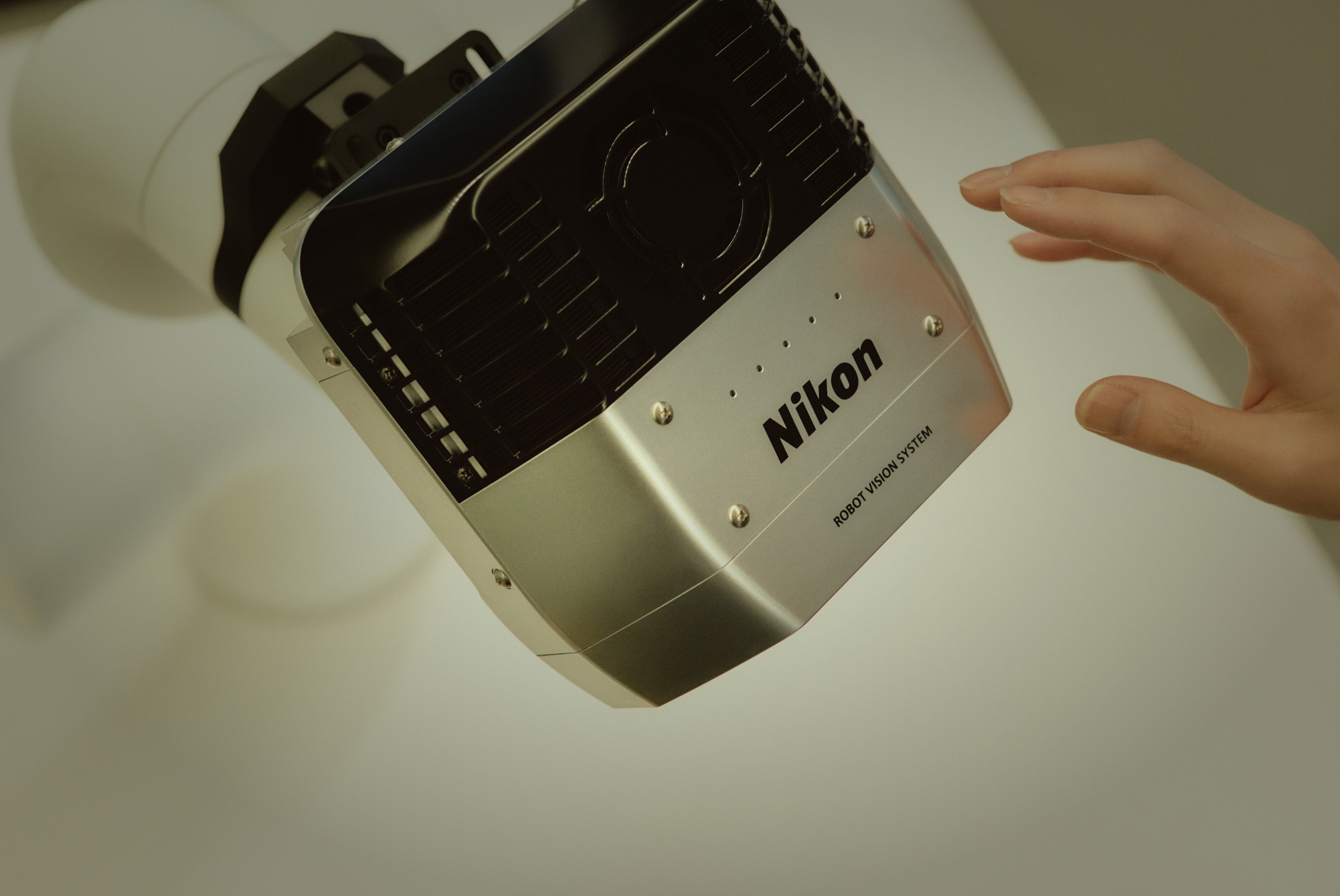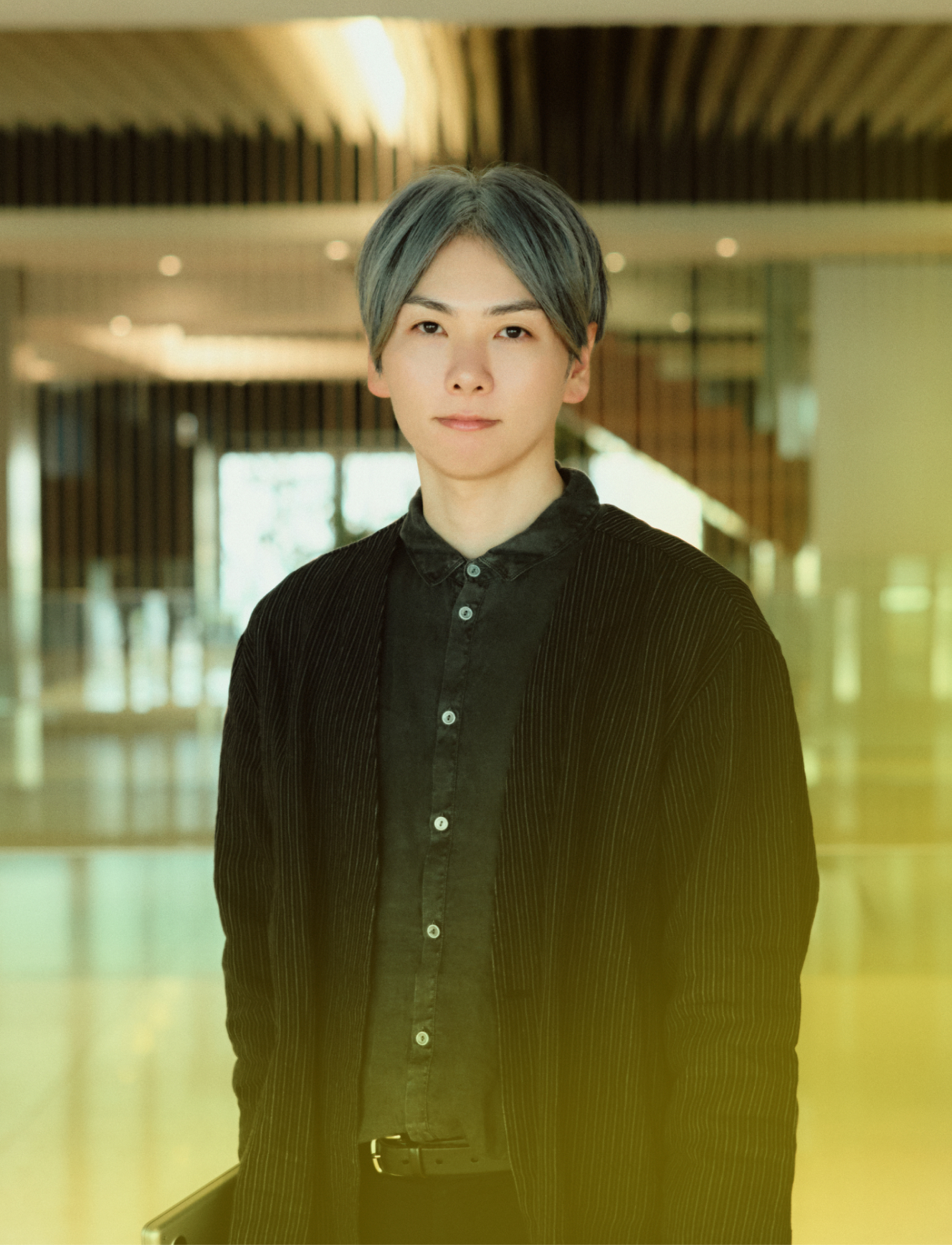コンポーネント番号: 21
01
Job details
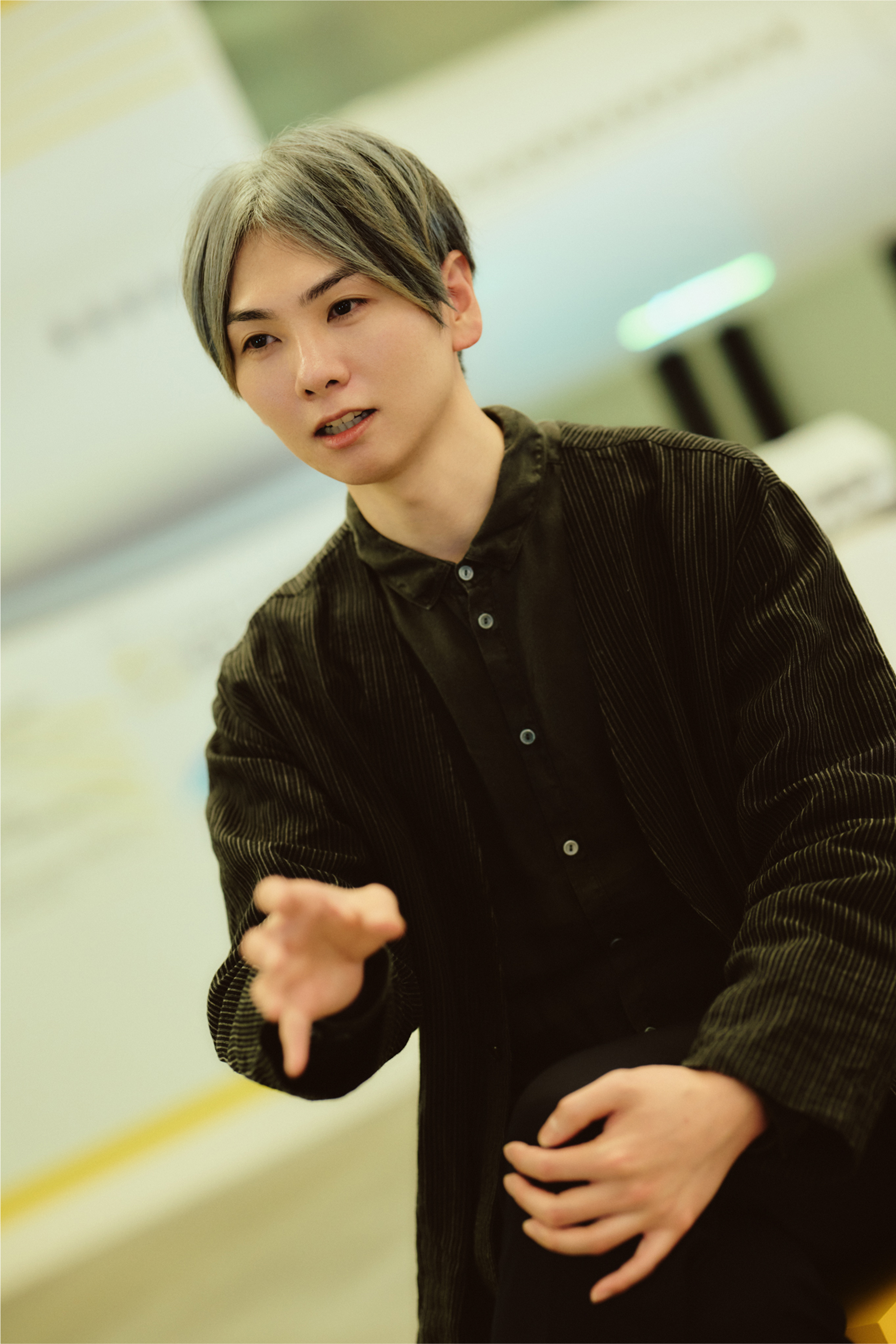
コンポーネント番号: 22
How do we want Nikon to be perceived?
How do we want people to feel?
コンポーネント番号: 3
At its core, my job is to consider how Nikon should be presented as a brand. My team is responsible
for designing Nikon’s events and exhibition booths. Among these events, my primary focus is CES, the
world’s largest showcase of cutting-edge technology, held every January in Las Vegas. I joined the
project as soon as I entered the company, and this is my second year working on it. In my first
year, I supported to making a booth content ideas/plans. This time, I was entrusted with the
creative direction for Nikon’s entire booth.
Once we decide to exhibit at an event, the
first step is to establish the overall concept. We ask questions from different perspectives—Why are
we participating in this event? What message does the leadership want to communicate right now? How
do we want visitors to feel? We dig deep into these aspects before moving on to specific exhibit
details. After defining the image we want to convey, we consider which products and technologies to
highlight. From there, we explore how to present them in a way that embodies the concept and
resonates with our customers.
コンポーネント番号: 4

コンポーネント番号: 21
02
Reason for joining Nikon
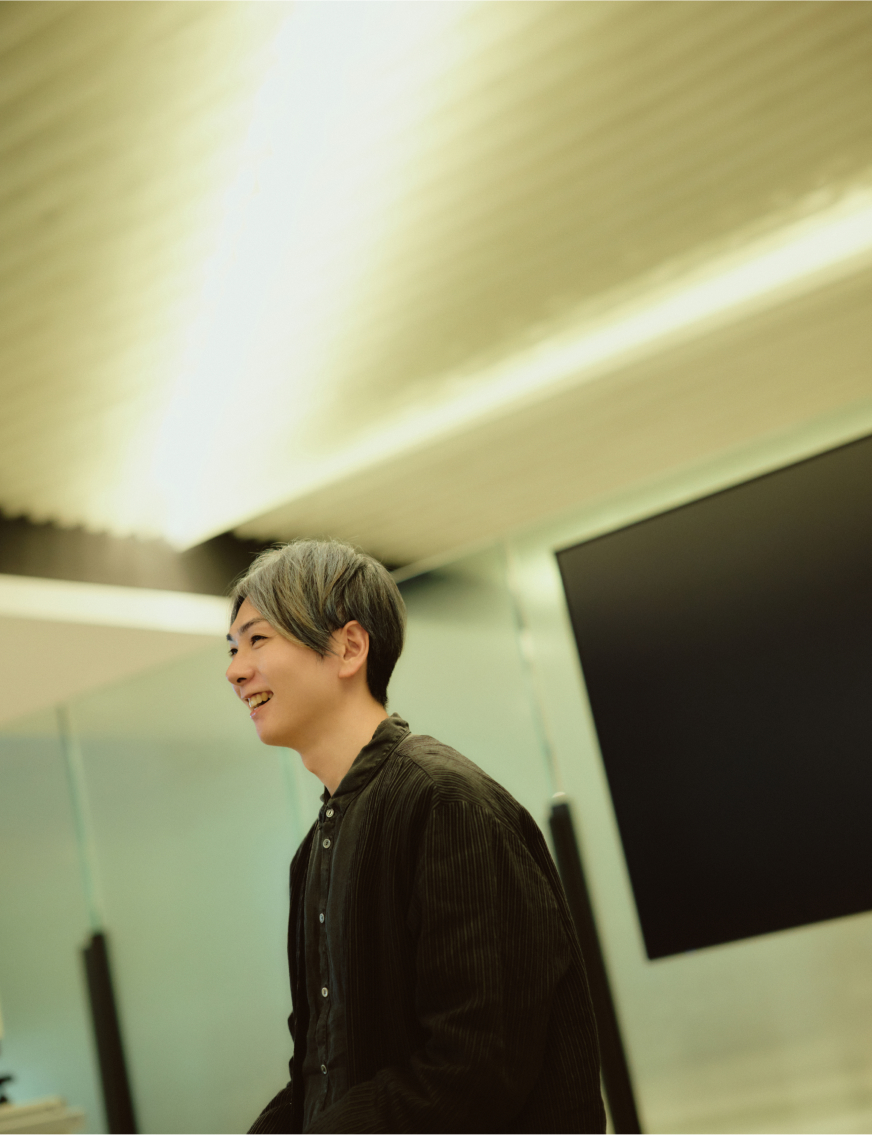
コンポーネント番号: 22
Carrying the weight of the brand
as a designer
コンポーネント番号: 3
I began my career at an advertising company, where my role was to create graphics based on
instructions from the agent. Day after day, I focused solely on design work, but over time, I
developed a strong desire to be involved in design at a more strategic level. I wanted to work in an
environment where I could deeply understand the client’s vision and see the users beyond them. That
led me to transition to a position to a designer at a consumer electronics manufacturer. During my
six years there, I was entrusted with branding, allowing me to discover the joy of creating a brand
concept, but also teaching me the challenges of determining how best to present it. However, much of
my work at the time was internally focused, and I gradually felt the need to be in an environment
where I could be closer to the end users. For me, Nikon was the ideal place—especially with
initiatives like Nikon Plaza, where importance is placed on customer contact through cameras and
photography. I joined Nikon as a graphic designer and never imagined I would end up working on
events. But perhaps this was meant to be.
I have always been a designer, from my first
company to where I am today. But with each step—from my first job to my second, and now at Nikon—I
feel like I’ve moved closer to the core of what design truly is. Here, I have the opportunity to
shape the brand’s identity from the ground up, integrating both creative vision and business
strategy. Carrying the weight of the Nikon brand with my designs comes with great responsibility,
but at the same time, I find immense enjoyment in it every day.
コンポーネント番号: 4
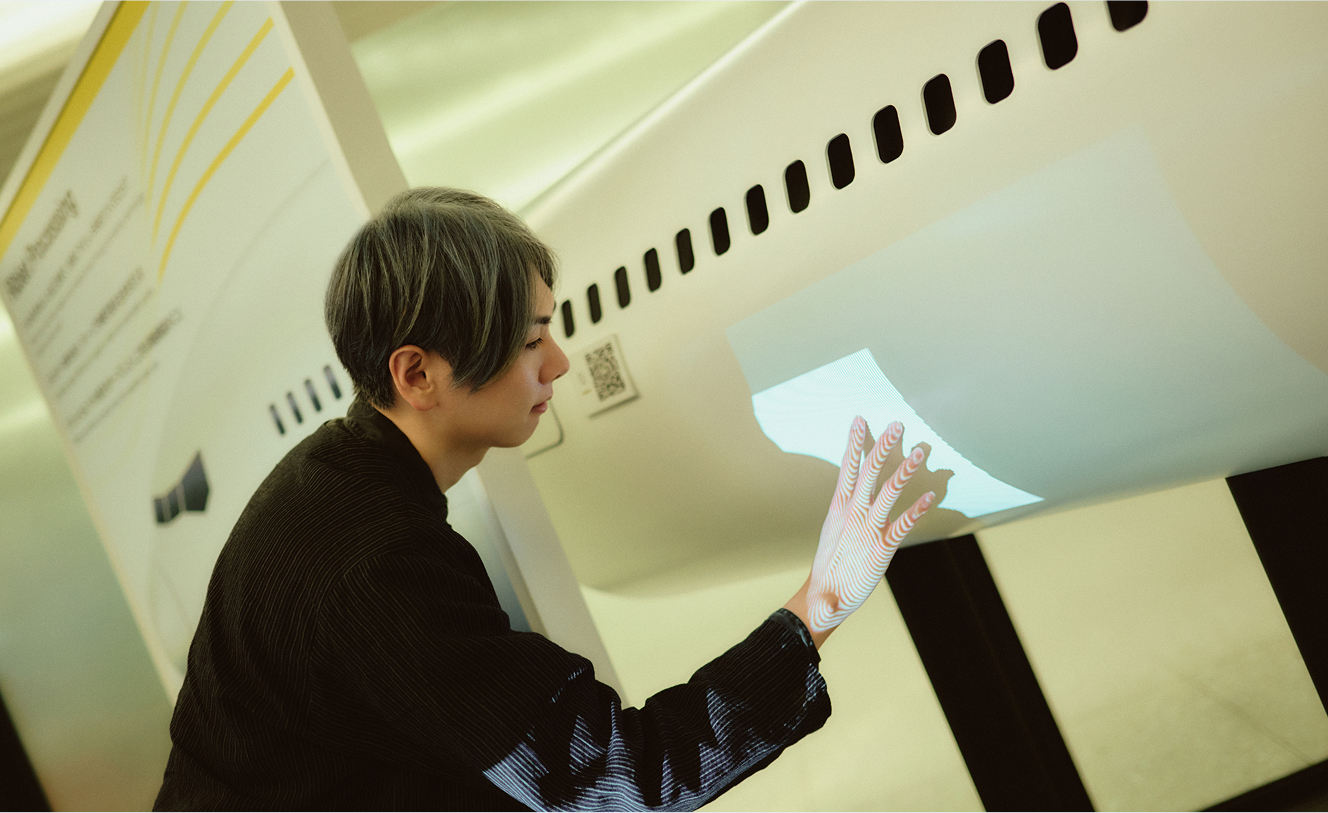
コンポーネント番号: 21
03
What I value
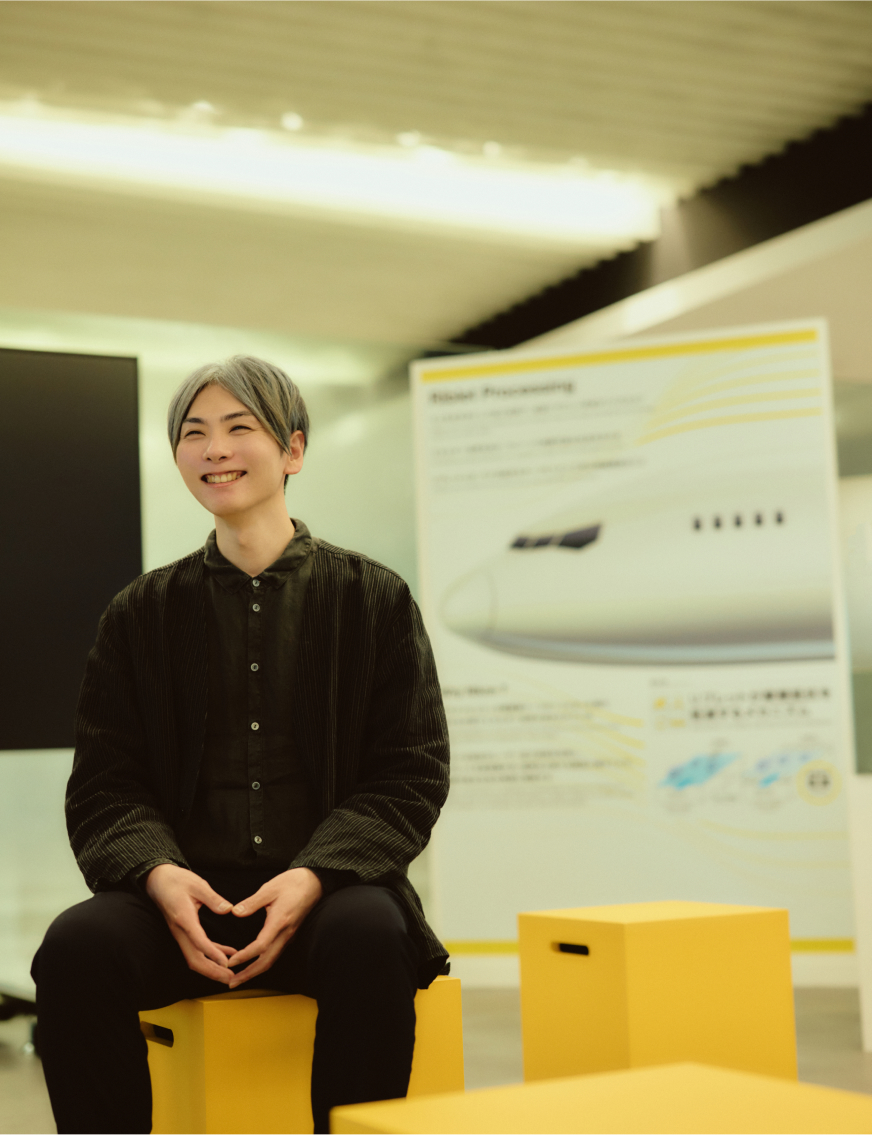
コンポーネント番号: 22
Refining communication
to remain truly objective
コンポーネント番号: 3
One of the things I’ve always valued as a designer is objectivity. A design won’t be understood if
it prioritizes beauty or interest alone. At the same time, if we focus solely on what executives or
business units want to communicate, the message may fail to resonate with users. That’s why strong
communication skills—drawing out diverse perspectives and finding harmony among them—are essential.
I believe design is about holding discussions with various parties but also taking a broader view
than anyone else, and continuously refining the question: What do we need to convey, and how should
we convey it?
When planning and designing, I follow three key steps: gather, select, and
refine. First, I collect as much relevant information as possible—detailed product data, specialized
expertise, and the thoughts of the people involved. All of these serve as material for planning.
Next, I narrow down the core concept: What should Nikon emphasize? What do users truly want? From a
vast pool of information, I distill the essence of the concept. Finally, I refine it further,
transforming it into a compelling and simple expression. Communication is vital at every stage of
this process. Based on the wishes of the management, I shape the message Nikon should convey by
incorporating the perspectives of team members, colleagues in the Design Center, and people in
business units with deep product and technical knowledge.
コンポーネント番号: 4
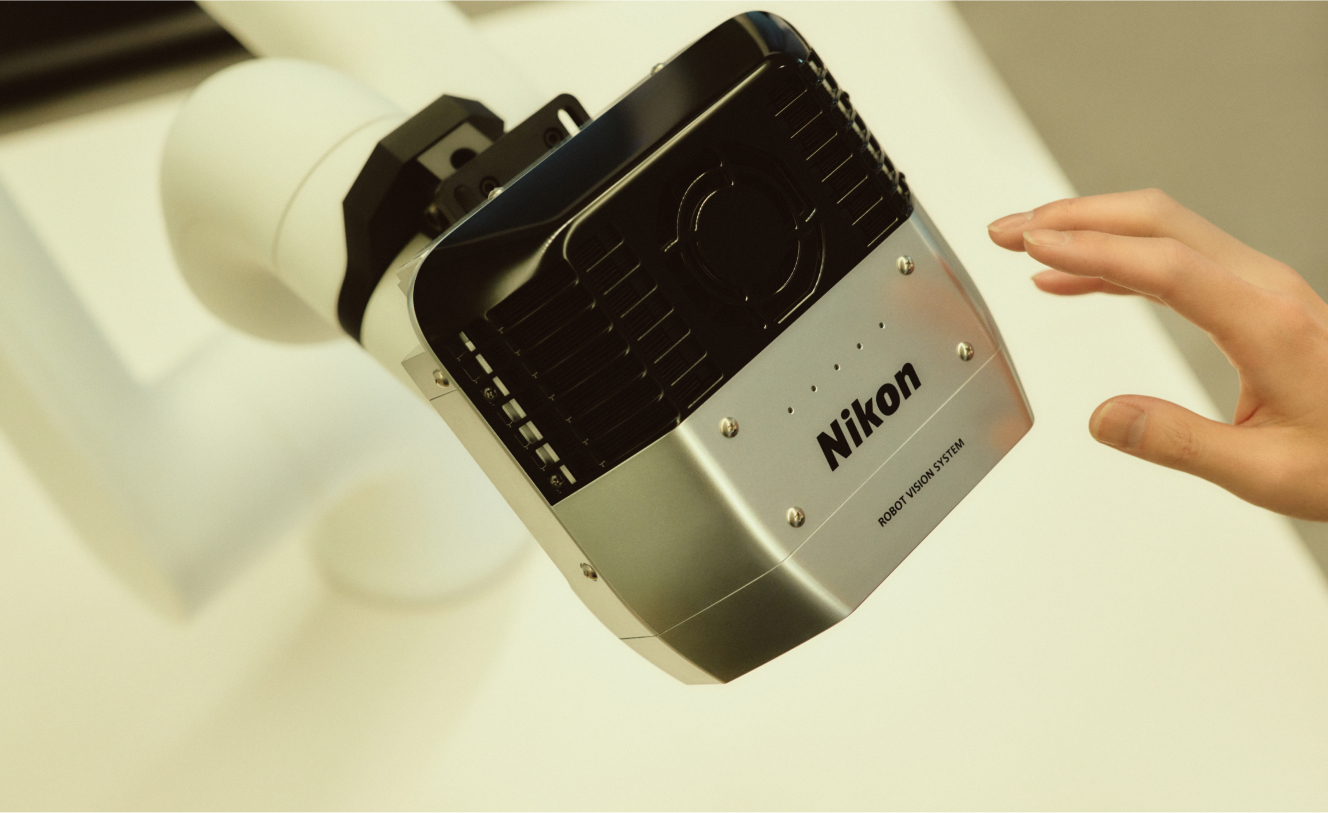
コンポーネント番号: 21
04
A memorable project

コンポーネント番号: 22
Creating connection,
delivering new experiential value
コンポーネント番号: 3
At CES in previous years, our concept focused on communicating Nikon’s innovations to visitors from
around the world. Our next goal was to move beyond understanding to the level of deep connection.
The key to achieving this was providing an immersive experience.
One example of this is
Nikon’s robot vision system. Conventional industrial robot arms operate precisely under fixed
conditions but can’t adapt when even slight irregularities occur, such as parts being positioned out
of alignment.
However, by equipping these arms with robot vision, we can give them near-human
visual perception and decision-making capabilities, allowing them to handle such slight variations.
Last year, we introduced this technology through an exhibit simulating its use in a factory
setting.
This year, our goal was to use robot vision to present Nikon’s vision of a society
where humans and machines co-create. Rather than focusing on industrial environments, we wanted to
present a scenario closer to people’s daily lives—one that not only seems achievable in the near
future but also evokes a sense of anticipation and excitement. Imagine, for example, a restaurant
kitchen where a chef and a robot work together, exchanging cues and co-creating a dish. Through
brainstorming sessions with our team and business units, we refined this concept into a compelling
exhibit.
Ultimately, we used design to bring to life Nikon’s vision and brand values through a
hands-on experience that resonated with visitors. Through co-creation with business units, we
demonstrated new possibilities for robot vision and contributed to Nikon’s broader business goals.
Our CES exhibit shared Nikon’s vision for the future with the world. Now, we’re already thinking
ahead about what kind of experience we should create next. Planning for the future has already
begun.
コンポーネント番号: 4
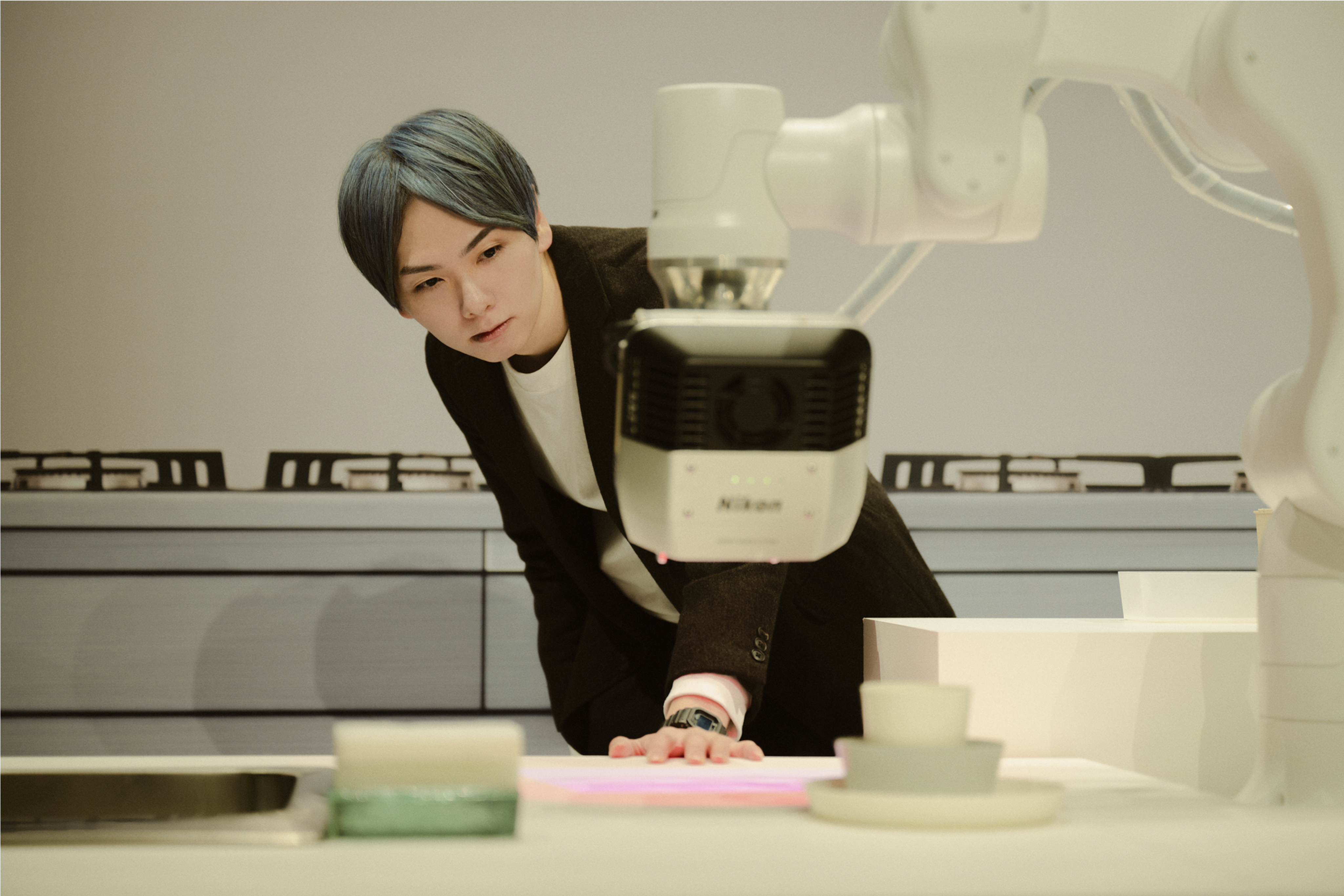
コンポーネント番号: 13
*Title and work duties are those at the time of interview

